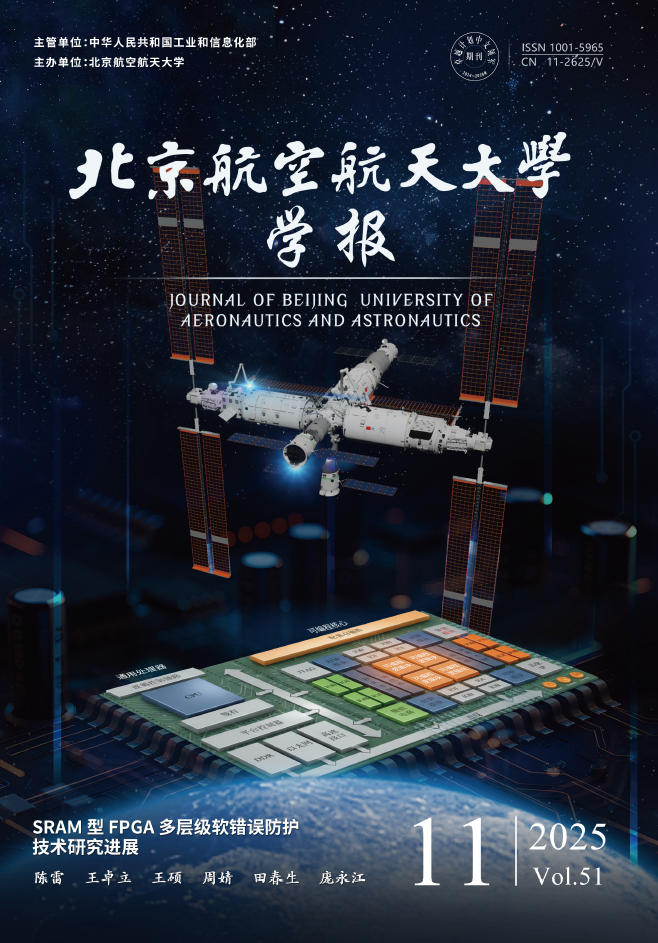2006 Vol. 32, No. 03
2006, 32(03): 280-283.
Abstract:
2006, 32(03): 301-305.
Abstract:
2006, 32(03): 306-310.
Abstract:
2006, 32(03): 333-336.
Abstract:
2006, 32(03): 337-341.
Abstract:
2006, 32(03): 347-351.
Abstract:
2006, 32(03): 352-356.
Abstract:







 XML Online Production Platform
XML Online Production Platform

